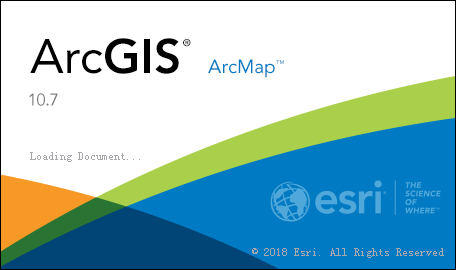World War I (1914-1918): Causes, key events and Consequences
1. Causes of World War I:
- Imperialism: Rivalries among European powers over colonies and resources.
- Nationalism: Intense nationalism in various European countries.
- Militarism: Arms race and buildup of military forces.
- Alliance System: Complex network of alliances between countries.
2. Key Dates:
- June 28, 1914: Assassination of Archduke Franz Ferdinand of Austria-Hungary in Sarajevo.
- July 28, 1914: Austria-Hungary declared war on Serbia, triggering a chain reaction of declarations of war.
- August 4, 1914: Germany invaded Belgium, leading to Britain's entry into the war.
- 1917: The United States entered the war on the side of the Allies.
- November 11, 1918: Armistice signed, ending the fighting.
3. Major Alliances:
- Triple Entente (Allies): France, Russia, and the United Kingdom.
- Central Powers: Germany, Austria-Hungary, and the Ottoman Empire.
4. Key Figures:
- Kaiser Wilhelm II (Germany): German Emperor and a central figure in the conflict.
- Woodrow Wilson (USA): U.S. President during the war and advocate for peace.
- Georges Clemenceau (France): French Prime Minister during the war.
- David Lloyd George (UK): British Prime Minister during the war.
5. Major Battles and Fronts:
- Western Front: Stalemate characterized by trench warfare, including the Battle of the Somme and the Battle of Verdun.
- Eastern Front: Battles between Germany and Austria-Hungary against Russia.
- Italian Front: Italy's involvement against Austria-Hungary.
- Gallipoli Campaign: Allied attempt to capture the Dardanelles.
6. Human Cost:
- Casualties: Approximately 10 million military deaths and 7 million civilian deaths.
- Injuries: Countless soldiers suffered injuries, including physical and psychological trauma.
- Disease: Widespread disease outbreaks in unsanitary trench conditions.
7. Economic Impact:
- War Debt: Enormous war debts accrued by many nations.
- Infrastructure Damage: Widespread destruction of infrastructure and economies.
- Post-War Recovery: Efforts to rebuild and stabilize economies in the post-war period.
8. Treaty of Versailles:
- June 28, 1919: The Treaty of Versailles officially ended the war.
- Territorial Changes: Germany lost territory, had military restrictions, and was required to pay reparations.
- League of Nations: The League of Nations was established as an international organization to promote peace.
9. Long-Term Consequences:
- Political Changes: The collapse of empires, including the Austro-Hungarian and Ottoman Empires.
- Social Changes: The war contributed to social upheaval and changes in gender roles.
- Precursor to World War II: Many of the issues left unresolved in World War I contributed to the outbreak of World War II.
World War I was a devastating conflict that reshaped the world map, altered political structures, and left a lasting impact on the 20th century. Its legacy continues to influence global politics and international relations to this day.


Comments
Post a Comment